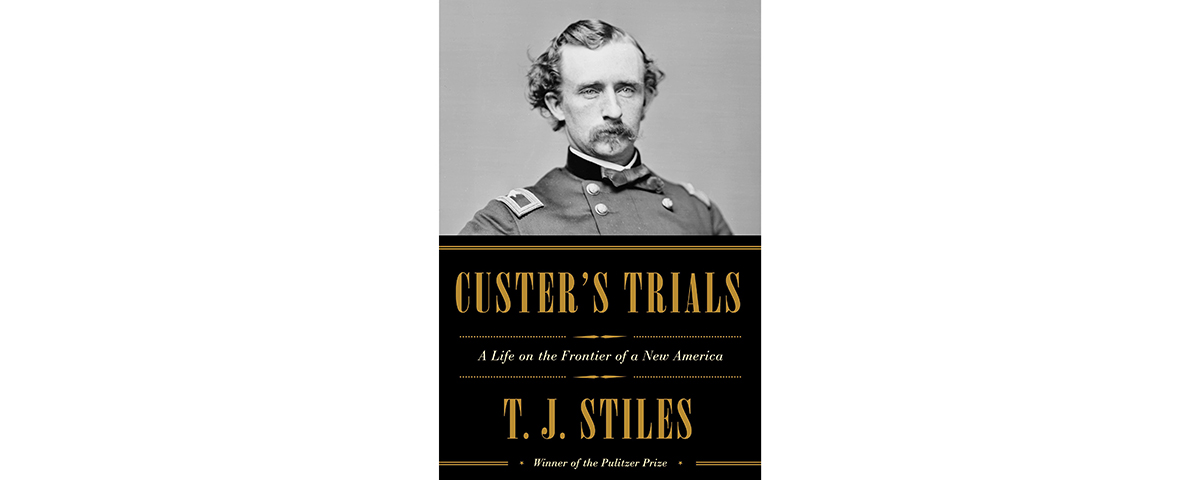Custer’s Trials: A Life on the Frontier of a New America, by T.J. Stiles, Alfred A. Knopf, New York, 2015, $30
The first question one is likely to ask when considering yet another biography of the ubiquitous George Armstrong Custer is, Why? Why another book on the man? In the years since his 1876 death in combat against Sioux and Cheyenne warriors at the tender age of 36, the “Boy General” has faced far more writers than the number of Indians he confronted at the Little Bighorn. Michael O’Keefe’s two-volume bibliography, Custer, the Seventh Calvary and the Little Big Horn (The Arthur H. Clark Co., 2012), annotated more than 10,000 items, 3,000 of which were books. T.J. Stiles may well have been daunted by this prodigious output, but he nevertheless mastered all extant sources on Custer. The result is a brilliantly original biography that sheds new light, breaks new ground and is a marvel of organization, insight and graceful prose.
Stiles’ approach is the same he used to fashion his Pulitzer Prize–winning 2009 biography of Cornelius Vanderbilt and his 2002 biography of Jesse James. In both earlier books he used his subjects to illuminate the history of 19th-century America, and he does the same with Custer to explore the Civil War era and Gilded Age. The book is thus far more than just another biography of the famous soldier.
Custer’s life was one of daunting contradictions, but in Stiles’ skilled hands we see how perfectly this idiosyncratic behavior reflected his age—a time he both exemplified and often rebelled against. Custer was a conservative rebel and hopeless romantic caught up in a rapidly changing America to which he could never quite adjust. His spectacular death solved his identity crisis and secured him the glory he had always craved—though it proved fleeting. It is ironic that Stiles now joins a long list of Custer biographers—Jay Monaghan, Robert Utley, Evan Connell, Louise Barnett, Jeffry Wert—who find much to admire in the much-maligned general. It will be interesting to see if this fine new biography can rescue Custer from the pop culture–generated historical hell into which his reputation has descended.
This is not a book only for Custer buffs or those interested in the Indian wars, though they will be well served to read it. It actually gives but slight attention to Custer’s final battle, and readers should look elsewhere—such as in James Donovan’s excellent A Terrible Glory—for the full story of the Battle of the Little Bighorn. This is, rather, a story for all readers interested in a changing America and in the incredibly talented yet fatally limited young soldier who so perfectly defined his age. Custer was and is America in all its glorious contradictions, and we ignore him at our peril. Stiles brings him superbly to life while also revealing much about how we got to where we are as a nation.
—Paul Andrew Hutton





